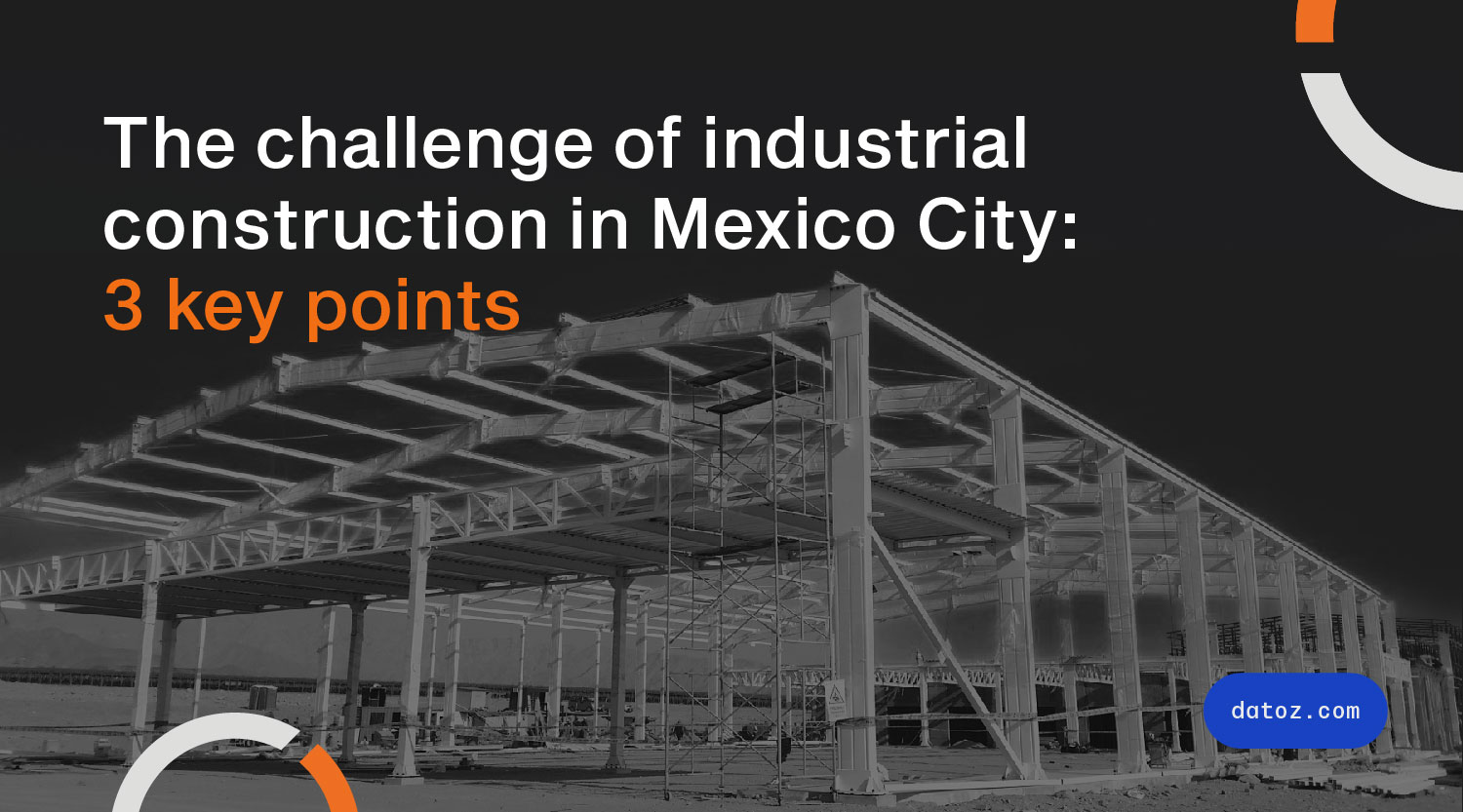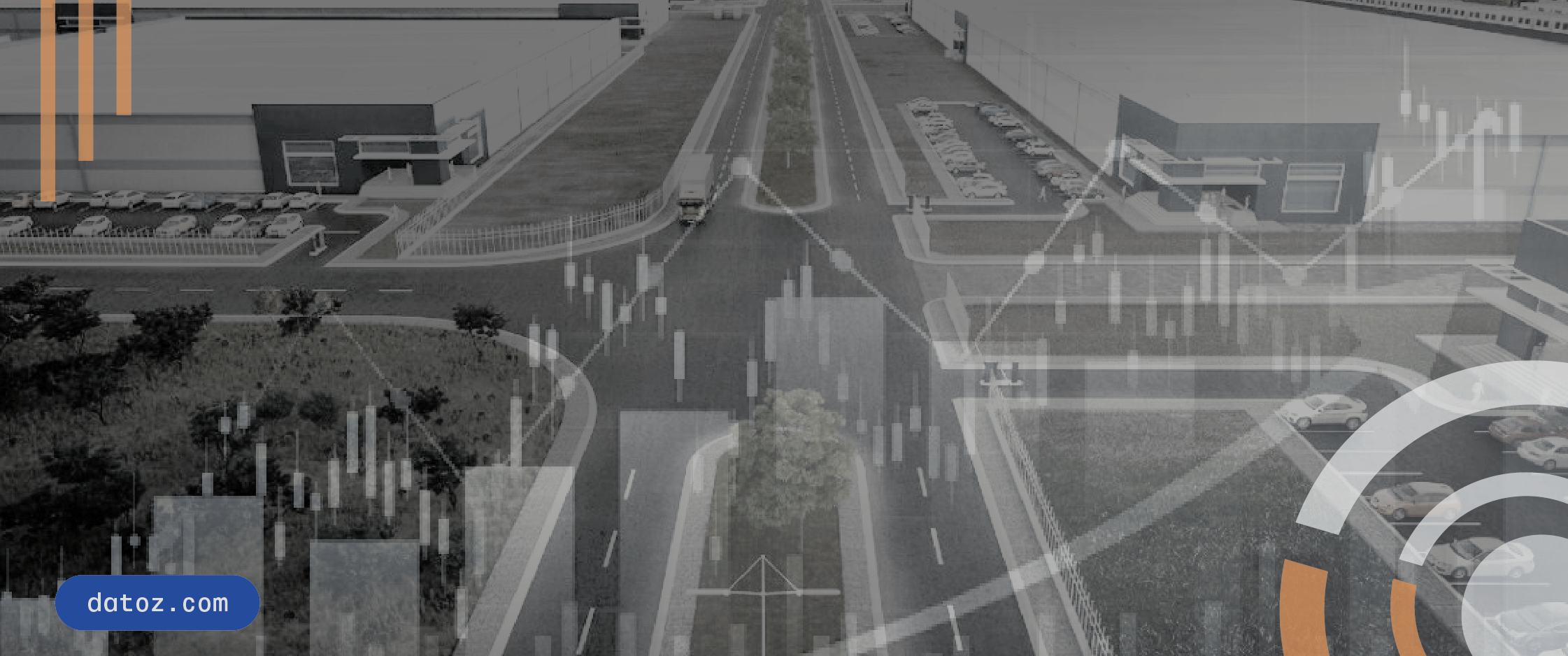The industrial real estate market in Mexico City, which includes Estado de México, continues to be the largest in the country and one of the most dynamic due to its new construction starts and gross space absorption (lease and sale transactions). However, in the first nine months of 2023, construction activity has significantly decreased compared to previous years due to the scarcity of land and high costs.
From January to September 2023, construction of 1.7 million square feet (almost 250,000 square meters) was initiated in Mexico City. This represents a 70% decrease compared to the same period in the previous year. It’s worth noting that 2022 was a record year for construction in Mexico City, reaching 8.3 million square feet (over 775,000 square meters), according to Analytics 2.0 by Datoz.
It’s worth noting that the demand for industrial space in Mexico City remains very strong, as it has absorbed over 9 million square feet (800,000 square meters) of speculative spaces so far this year. This has reduced the availability rate to 2.39%, of which only 0.70% represents delivered buildings, which amounts to just 2.1 million square feet (200,000 square meters). In other words, the current supply is not sufficient to meet the demand in Mexico City.
Silvia Gómez, analyst at Datoz, points out that the scarcity of land and its high costs are challenges for the development of new industrial parks in the central region of the country, particularly in the Mexico City market, so she considers that there are 3 key points to try to solution this issue.
- The development of currently passive corridors like Huehuetoca-Zumpango, which have an inventory of just 3.6 million square feet (330,000 square meters).
- The conversion of industrial spaces in submarkets such as Naucalpan, Vallejo-Azcapotzalco, Centro, and Iztapalapa, primarily for last-mile projects, as is already happening with companies like ProximityParks, Prologis, and O’Donnell, which have projects in these submarkets.
- Exploring nearby markets such as Hidalgo and Puebla that could attract the current demand from the main submarkets of Mexico City.
Silvia Gómez mentions that there are several projects in the planning stages in CTT corridor (Cuautitlan-Tultitlan-Tepotzotlan), which she expects to commence construction in the coming year. With these projects, the supply of industrial buildings in Mexico City will increase, but it remains to be seen if it will be sufficient to meet the demand.







